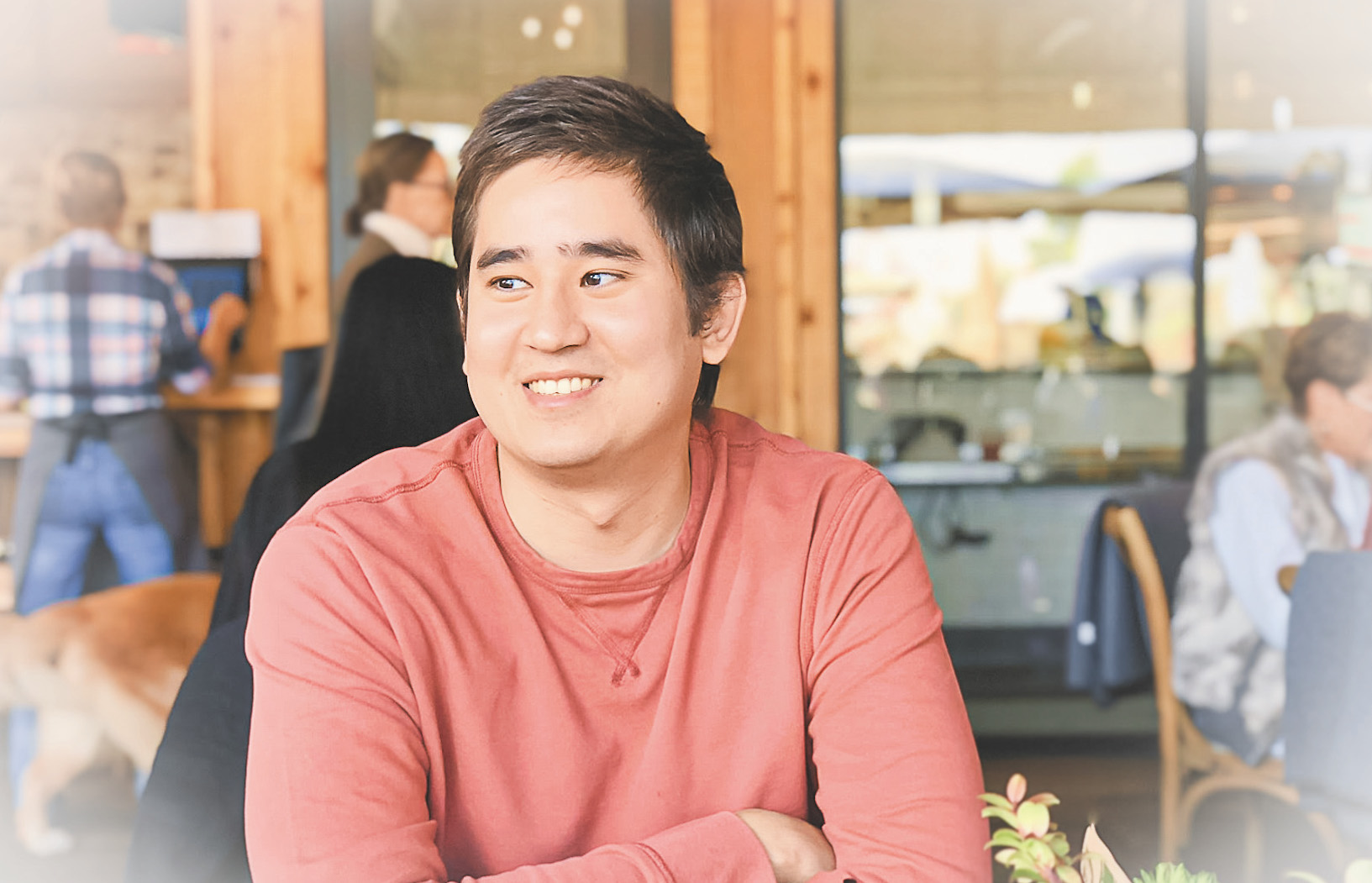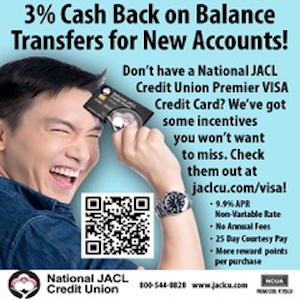Paul Goodman’s journey to find a bone marrow donor has been well-documented in efforts to raise awareness for thousands of other individuals also looking for a viable match to save their lives. (Photo: Courtesy of A3M)
The success of drive-thru donor events and online word-of-mouth campaigns are providing hope to Paul Goodman and thousands of others searching for a bone-marrow match.
By Athena Mari Asklipiadis, Contributor
When Paul Goodman was diagnosed with acute lymphoblastic leukemia four years ago at the age of 25, his battle was rather a private one like that of many other patients who go through a life-changing cancer diagnosis.
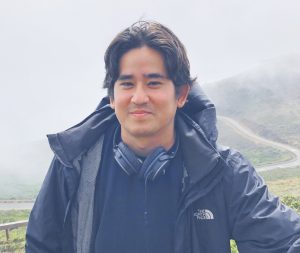
Paul Goodman’s filmmaking aspirations have been delayed as he looks for a bone-marrow match.
Goodman, a budding filmmaker at the time, was working on his first feature film, “Evergreen” (2020), while going through rounds of chemo. During that process, he documented his treatments, recording himself at the hospital, sometimes in front of a bathroom mirror, describing what he was enduring.
He edited the footage together with scenes from his film to create an introduction to “Evergreen” titled “Making a Feature Film Through Chemotherapy.”
His passion for filmmaking allowed Goodman an escape from reality.
“I wrote this story about two people getting in their car and driving from L.A. to Canada, and I used that motivation to get me through a lot of my chemotherapy. I just thought about what I would rather be doing, and I would rather be in my car, I would rather be on the road getting far away from cancer,” he shared.
After three years of treatment, Goodman was in remission and had that to celebrate along with his newly released award-winning film. It seemed like life was just getting back on track when alarming lumps appeared on the back of his neck at Thanksgiving of last year. After a hospital visit and testing, it was confirmed that he had relapsed.
Goodman’s cancer was back.
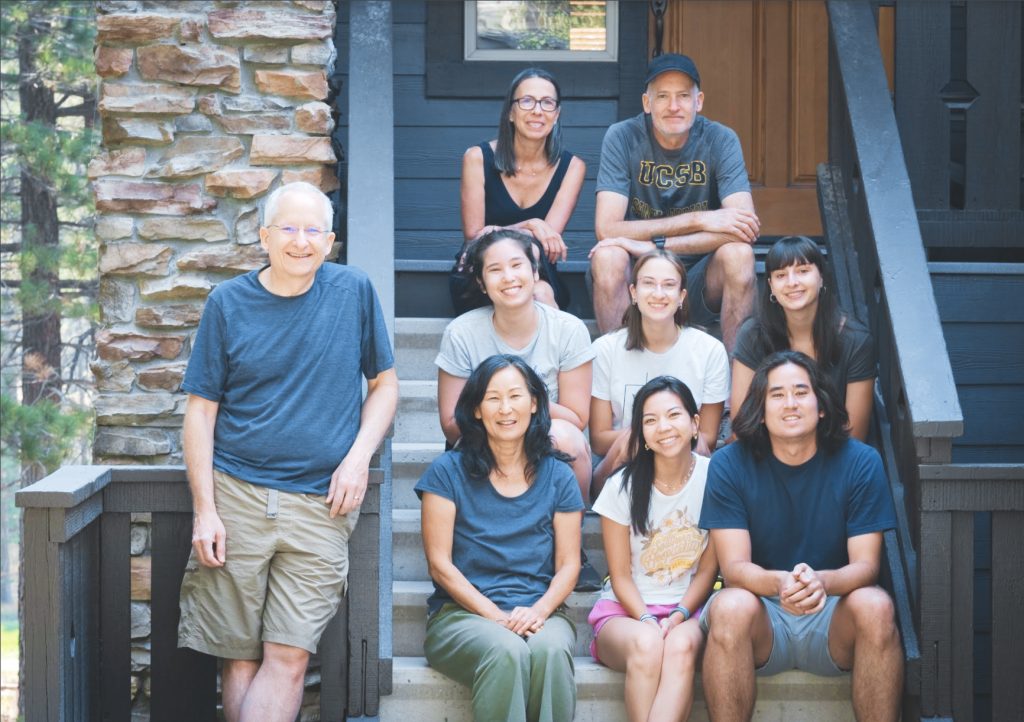
Paul (right) and members of his family (Photo: Courtesy of A3M)
But this time, instead of just chemotherapy, doctors recommended a bone marrow transplant. This lifesaving cure would not come easy though. His sister was found to be a 5/10 match, and no perfect 10/10 matches were found on the national donor registry. Being Hapa — Japanese and Eastern European/Jewish could be an obstacle in Goodman’s search, as just only 0.1 percent of the registry is Japanese, and 3 percent is mixed heritage.
Because matching relies on common HLA (protein markers on one’s genes) rather than just being based on blood type, finding a donor is much more complex than in blood or organ donations.
One would think that odds like these would discourage Goodman and his family, but it didn’t. Thanks to the very public stories of Hapa Japanese patients such as Krissy Kobata in SoCal and Baylor Frederickson in NorCal, both of whom had successful transplants, the Goodmans knew it was not an impossible feat.
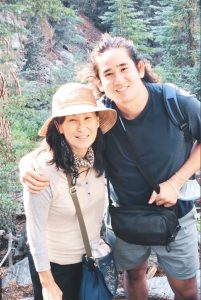
Bonnie and Paul Goodman (Photo: Courtesy of A3M)
Kobata’s aunt, Vickie Shinto, reached out to Bonnie Goodman, Paul’s mom, reminding her that she could count on recruiters from the nonprofit organization Asians for Miracle Marrow Matches (A3M) for help. Goodman and his family quickly realized they would definitely not be alone on this journey.
A3M, now in its 30th year, has strong roots in the Japanese American community. A program of the Little Tokyo Service Center and recruitment center for Be The Match, A3M was founded by a group of Japanese Americans, including longtime former director Sharon Sugiyama.
Sugiyama’s nephew, Nick, a searching patient, was the inspiration for starting the organization. Since then, it has operated as one of only two Asian-focused donor recruitment groups in the US — the other being the Asian American Donor Program (AADP) in Northern California.
Current A3M Director Susan Choi shares that Japanese Americans have been a “very supportive community, not only in starting the program, but in fundraising as well … they have been real champions of our mission.”
And thanks to that ongoing support, A3M is responsible for recruiting one-third of all Asian donors each year in the country. Choi went on to explain that “Japanese Americans have such a solid infrastructure … families all know each other, kids were brought up together, so things like basketball, cultural organizations and activities make it so much easier to recruit in their community.”
When first speaking with the family, A3M Lead Recruiter Chris Chen suggested drive-thru registration events as a new safe means that the organization has pivoted toward in order to find donors.
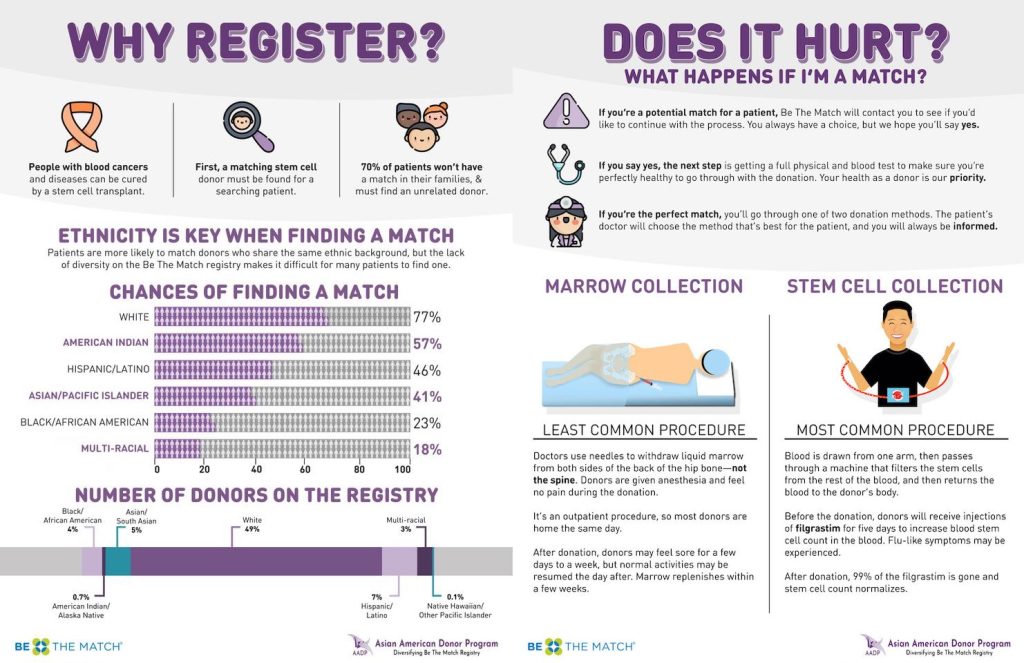
Registering to be a donor is simple, and you can potentially save a life!
“They needed to spend their energy focusing on Paul and getting him the care that he needed. … People were still driving thru fast-food eateries, picking up groceries and hosting drive-by celebrations — the contactless drive-thru registry in accordance with CDC guidelines seemed low risk,” Chen said.
Carole and Steve Sugimoto, who are longtime friends of the Goodmans, took the reins of Paul’s search early on in order to relieve pressure on the family.
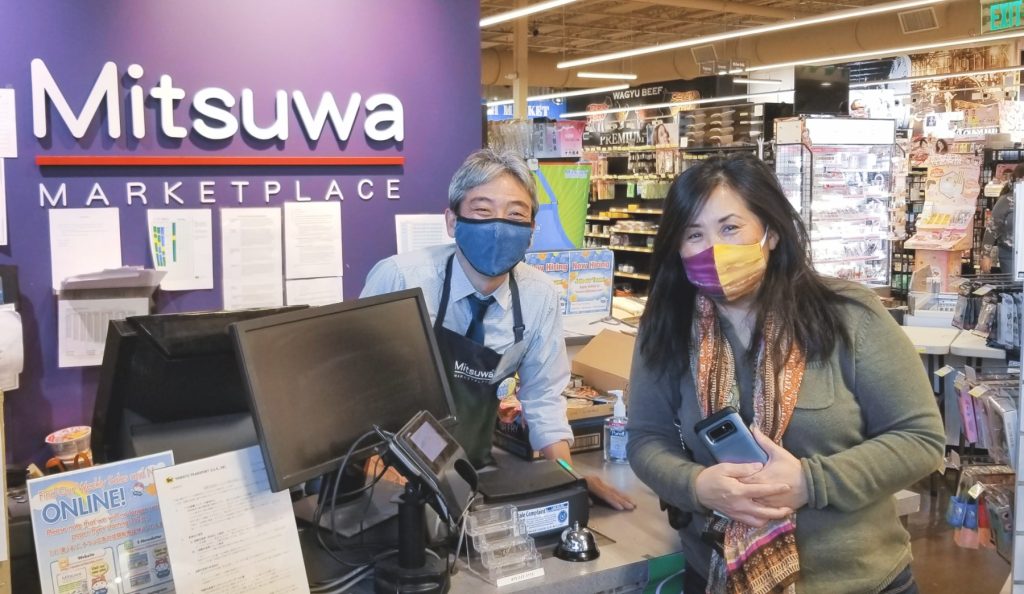
Carole Sugimoto with Takanori Asada, store manager of Mitsuwa Marketplace in Plano, Texas (Photo: Courtesy of A3M)
Based in Texas, the couple soon began remotely hosting planning meetings on Zoom and sending out emails to connect folks across the miles. Thanks to their efforts, starting in Orange County, Calif., where Goodman is from, in just a matter of weeks, donor registration drives began popping up not only all over California, but also in Washington, Texas and Hawaii!
What started as a quiet and rather private battle would soon explode into a massive community undertaking at the start of this year. With the knowledge that a perfect 10/10 match could be out there, Goodman’s friends and family activated seemingly overnight, with the Sugimotos leading the way.
Other friends of the Goodman family began also stepping up, like Kathleen Nishida, who jumped in to help with communications. She and others sent out “emails to friends, family and businesses,” as well as shared posters in local restaurants and stores.
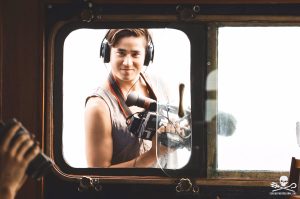
Paul Goodman is an award-winning filmmaker. (Photo: Courtesy of A3M)
Nishida said that the response was “incredibly swift … from all ages of volunteers from all types of JA and Buddhist associations.” Soon, the number of volunteers in the “Hope4Paul” campaign grew to more than 100 strong.
Derek Sugimoto, who spent his childhood playing basketball with Goodman at Orange County Buddhist Church, took his parents’ (Carole and Steve) lead and decided he needed to do something to help.
He and his girlfriend, Nat Laitha, used their creativity to help with online awareness and created a hub for information on all of Goodman’s drives. The couple jumped in head first to create an impressive website — www.ganbattepaul.com — as well as spread flyers online via Instagram and Facebook.
The social media aspect of Goodman’s search went viral in the JA community in January, garnering massive online attention and reshares. Support came in from everywhere from the brand-new basketball gym in Little Tokyo, the Terasaki Budokan, to restaurants like Azay in Little Tokyo to the Orange Coast Optimist.
Numerous JACL chapters also supported Hope4Paul for weeks with social media postings as well as included drive information in the organization’s weekly DC Digest.
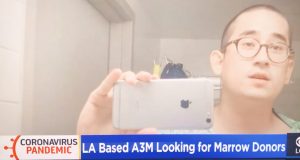
Paul and A3M in the news. (Photo: Courtesy of A3M)
Everyone seemed to be talking about Goodman and his search — from Buddhist groups to figure skaters to models to dentists — all tweeting, posting and resharing nonstop. The online chatter soon snowballed onto major press outlets and on news segments on KABC, KCAL and CBS in one week alone.
When asked why and how Goodman’s search was able to gain such momentum, Derek Sugimoto shared that the contagious nature of the movement was a testament to how loved Paul Goodman is.
“Thankfully, Paul has participated in many different organizations, volunteered and been heavily involved in the JA and Buddhist community for his entire life. He’s also always been charismatic, smart and is overall very likeable. … He’s done a lot, and it just shows how great of a person he is.”
The tight-knit nature of Japanese American culture and faith really seems to be a contributing factor as well. The quick action and hard work by the community exemplifies the phrase in Goodman’s website address — ganbatte.
Much like the days during and after World War II incarceration, Japanese Americans have banded together and learned to endure and carry on despite harsh circumstances. Goodman’s fight really seems to be no different in the amount of genuine, heartfelt responses.
Friend of the Goodman family, Bryan Furumoto of Anaheim, says it really shows the “depth and closeness of the JA and Buddhist Sangha.” Those deep and wide community ties made it possible for even far away places to seem close by, especially with the help of technology, he shared.
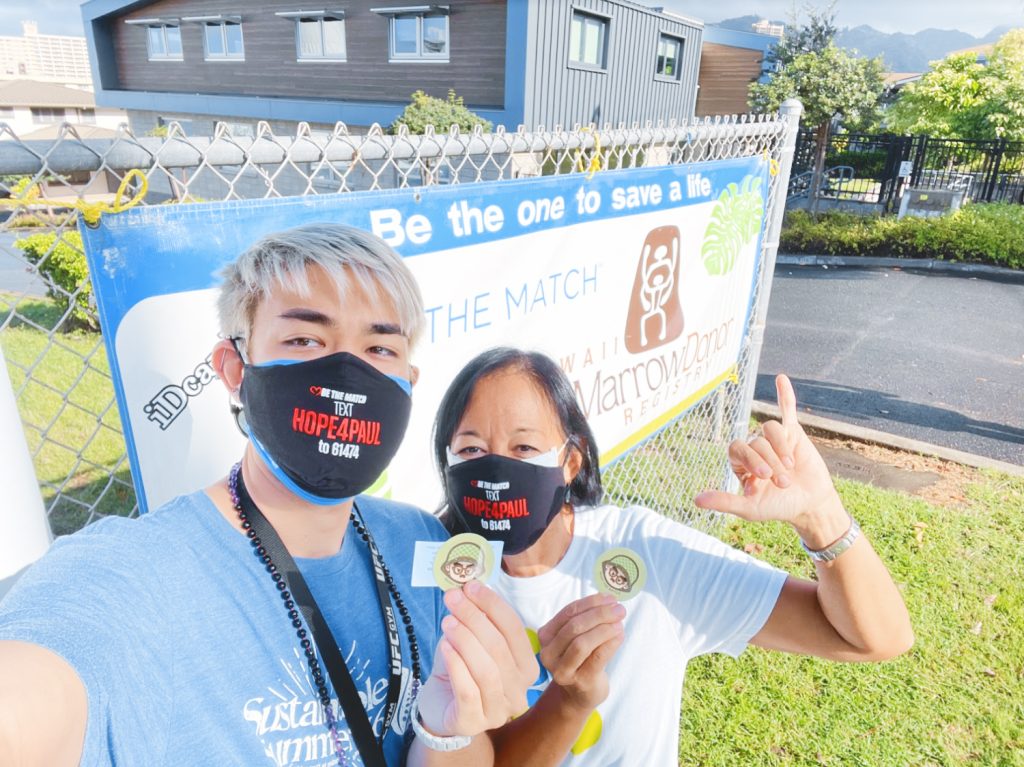
(Top) Volunteers Tyler Yamanouchi and Sandra Togashi at the Hawaii Drive. (Photo: Courtesy of A3M)
In Hawaii, volunteer and family friend Sandra Togashi utilized some of her OCBC contacts to help build a “Hawaii ‘Aloha4Paul’ team of 10 individuals and 16 volunteers” to run a drive-thru registration event at Honpa Hongwanji Hawaii Betsuin in Honolulu in January and inspire virtual drives, creating awareness in Maui and other islands.
And in Seattle, “Hope4PaulWA” co-chairs Tina Zumoto Ko and Andrea Mano mentioned receiving “support from other local Japanese American churches, such as Blaine Methodist Memorial Church in Seattle and St. Peter’s Episcopal Church.”
And of all of the most-unexpected places to expect a Mitsuwa Marketplace to be — Plano, Texas’ store location will be host to two February donor registration events.
But Hawaii and Texas weren’t the furthest places to hear about Goodman’s story. Bonnie Goodman was shocked to get a call from a woman living in Israel who somehow caught wind of the donor search. The woman was of Japanese and Jewish descent, like Paul, and his story struck a chord with her. She inquired about how she could register as a donor. Thankfully, Israel does have a robust cooperative registry that shares donors with the U.S.
Hazel Ando-Heu, another friend of the Goodmans, spoke about how amazed she was at the response, especially during these uncertain times.
“The fact that temples and community centers were able to host live drive-thrus during the pandemic is absolutely incredible!” said Ando-Heu.
Drive-thru registration events have been a pivot that recruitment organizations like A3M have had to quickly adapt to and organize. With local health guidelines in mind such as social distancing and facial coverings, recruiters are able to safely register the public and operate similarly to Covid testing sites.
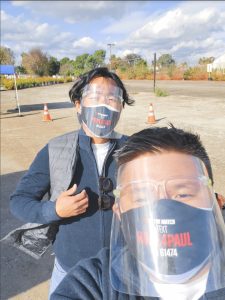
Derek Sugimoto (front) and Grant Ito at Tanaka Farms in Irvine to help Paul. (Photo: Courtesy of A3M)
Seeing places of worship and places like the East San Gabriel Valley Japanese Community Center and Tanaka Farms being so open to host drive-thru drives really touched the Goodman family. “I can’t say enough how grateful we are to our friends, family and the Japanese community and entire Asian community as well as the Hafu (Hapa) community,” said Bonnie Goodman.
Sadly, Paul Goodman is one of more than 50,000 patients worldwide searching for a marrow or stem cell donor each year. According to the National Marrow Donor Program, Be The Match, there are approximately 12,000 patients in the U.S. alone in need of a match. But thanks to the efforts of Little Tokyo-based A3M, who recruits more than 6,000 donors per year (prepandemic), patients like Goodman can remain hopeful to find a match, and for that, the family is very appreciative.
“We are very grateful for A3M in Southern California. If it wasn’t for A3M, we wouldn’t have been able to get the word out like it has been. And for there to be a group that has the experience in campaigning and sharing knowledge with families going through it for the first time. It’s comforting for people who for them this is all new,” Bonnie Goodman said.
Another patient of Japanese heritage who made headlines in the last few months is Kazumi Schmidgall, an Arizona high school teacher. Schmidgall’s daughter provided an update on her mom, sharing that she will proceed with an umbilical cord stem cell transplant in a few weeks unless an adult volunteer donor is found, which is her doctor’s preferred option.
It is a hope of A3M recruiters that the hundreds of new donors, recently inspired by Paul Goodman, could be the answer for other patients in need like Schmidgall if they are not a match for him.
Bonnie Goodman ended her interview by sharing how this experience has impacted her family. “It’s been so overwhelming in such a wonderful way and changed our lives,” she reflected. “I want to have my turn at helping people like they have helped our family. So, going forward, this will forever impact our lives. We are just very, very grateful.”
If you, or someone you know, are interested in becoming a lifesaving donor and are 18-44 years old, you can join by visiting join.bethematch.org/Hope4Paul or by texting HOPE4PAUL to 61474. After filling out the online application, a cheek swab kit will be mailed to you with a prepaid stamped return envelope.
For more information on the donation process, visit www.a3mhope.org.
For up-to-date info on Hope4Paul events, visit www.ganbattepaul.com.
For more about Paul Goodman’s films, visit www.eighteastproductions.com.
Save a Life
Although most people would happily join a donor registry in theory, there is, understandably, hesitation by some due to several misconceptions.
For example, there are people who don’t like needles, whether to get a vaccination or provide a small vial of blood, even for a wonderful cause — like possibly saving someone’s life.
Until a few years ago, that was the case: One had to actually have blood drawn that could be examined and analyzed before it could be put into a donor database.
Now, as noted, it’s as simple (and painless!) as swabbing the inside of one’s cheek.
Although it could be said that the goal of A3M and AADP are ultimately the same — potentially saving the life of someone with a blood cancer — the two nonprofits have differing methods to achieve that goal.
As the name of the group suggests, Asians for Miracle Marrow Matches looks to its database to find someone who can be a donor for a potentially lifesaving bone marrow transplant.
AADP, meantime, uses a different approach: stem cells.
And what are stem cells?
They are special human cells, found in umbilical cord blood, bone marrow and in the peripheral blood that circulates in the body. Under the right circumstances, stem cells can develop into other types of cells found within one’s body.
According to AADP Executive Director Carol Gillespie, if someone in its database proves to be a match for someone fighting for his/her life, over a five-day period before collection, the donor receives injections of a drug called filgrastim, which “stimulates the growth of the stem cells that are in your bone marrow and mass produces them, multiplying them like crazy.”
“On the fifth day,” Gillespie said, “you’ll go to the collection center, and they’ll put a needle in both arms. They take the blood from one arm. That goes into a separating machine and the stem cells that were mass produced by the filgrastim goes into a separate bag.
“The other blood products just go right back into your other arm, so you’re literally missing nothing, except those mass-produced stem cells. It usually takes maybe about six hours in bed for that process to happen.”
That bag of stem cells is then hand carried — “we don’t use UPS or FedEx because it’s someone’s life” — and the stem cells are delivered intravenously into the patient.
“Those stem cells know exactly what their purpose is, so they go immediately to the bone marrow and start reproducing, and hopefully, the patient will engraft within 30 days.”
It’s worth noting that when a bone marrow transplant or stem cell treatment takes place, the patient’s immune system has been rendered ineffective by chemotherapy or radiation.
“This is the last resort for the patient,” Gillespie said. As for whether there are statistics for the success rate for these treatments, there are, simply put, too many variables that can affect the outcome: the age and health of the patient, possible pre-existing conditions, the form of leukemia and when it was detected, whether the radiation and/or chemotherapy was able to destroy all the cancerous cells, etc. “That’s why I can’t give you a percentage,” Gillespie said.
One thing is certain, however, and that is this: Left untreated, the leukemia wins. But, with a matching donor who can provide either a bone marrow transplant or stem cells, there is at least a fighting chance for the patient to claim victory — and live a mostly normal life.

